OQ Technology Signs Spaceflight For Multiple Launches
OQ Technology has signed an agreement with Spaceflight Inc. to procure launch capacity and provide associated launch and integration services for the company’s first batch of six satellites from their planned constellation of more than 60 spacecraft.
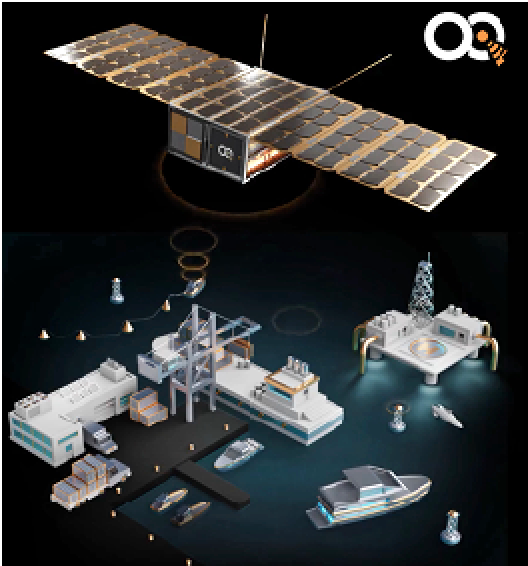
The agreement allots launch capacity and reservation on combined rideshare and dedicated launches in a fast and agile approach while offering OQ Technology the necessary flexibility in price, volume and time of launch. The agreement concerns the deployment of OQ’s Batch-1 for favorable pricing and the right to bid for future Batch-2 deployment.
OQ has developed an innovative solution extending cellular 5G Internet-of-Things (IoT) coverage beyond the cell tower, enabling mobile operators to extend their services to areas they were previously unable to reach as well as offering seamless roaming connectivity for mobile assets in remote and rural areas at a fraction of the price of what today’s satellite operators charge.
In 2019, OQ managed to test cellular Narrowband IoT using commercial LEO nanosatellites with a “direct-to-satellite” communication. The technology enables mobile users to roam seamlessly between terrestrial and satellite networks.
Unlike other services, NB-IoT meets the global open standard established by 3GPP and has an existing worldwide ecosystem of mobile operators, vendors, chip manufacturers, and users.
OQ is planning the gradual deployment of a global network of more than 60 satellites in multiple batches to enable fast scalability and global coverage. The spacecraft will be a combination of owned satellites, hosted payloads, or software deployment on other companies’ regenerative payload satellites. OQ is planning another additional launch of one satellite, working with Spaceflight to manage the launch.
Spaceflight is a global provider of launch and mission management services. The company has successfully launched more than 350 customer payloads across 37 launches across eight different launch vehicles, including the Falcon 9, Electron, PSLV, and Vega . Spaceflight’s diverse portfolio of launches offers customers a variety of rideshare, dedicated and last mile delivery launch options to meet their unique mission needs.
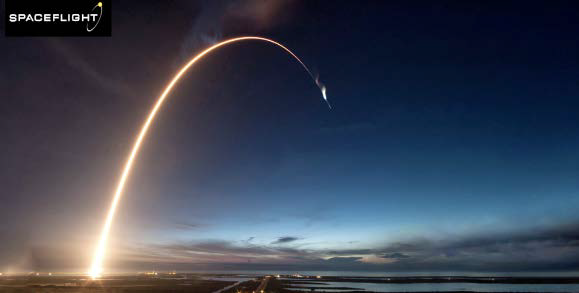
“Spaceflight developed a very attractive and flexible plan that allows us to deploy the network easily and in a record time. This helps us to meet the growing market demand of cellular IoT globally. The first Batch of satellites will address latency-tolerant IoT/M2M users that need Narrowband IoT connectivity, followed by gradual constellation deployment for critical near-real time applications,” said Omar Qaise, CEO of OQ Technology.
SpaceX Launches The Crew-2 Mission With Four Astronauts Aboard To ISS
Flight proven and showing how SpaceX’s hardware reusability can cost-effectively enhance the space program, April 23rd witnessed the SpaceX and NASA launch of the Dragon capsule via a Falcon 9 rocket for the Crew-2 mission.
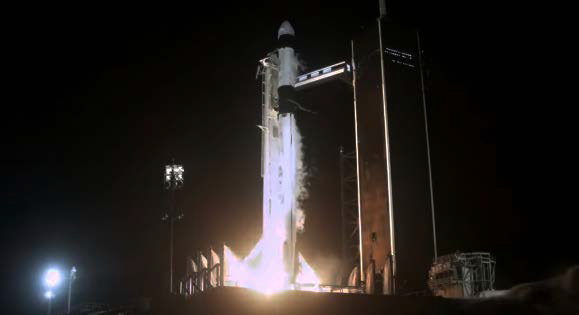
The SpaceX, Falcon 9 launch of the Crew-2
mission to ISS.
The four person astronaut crew is en route to the International Space Station (ISS) within the Endeavour capsule (so named by astronauts Behnken and Hurley for the Demo-2 mission last year), with the mission initially empowered via the Falcon 9’s, nine Merlin engines, first stage.
Following stage separation, Falcon 9’s first stage successfully landed on the “Of Course I Still Love You” droneship stationed in the Atlantic Ocean.
This is the first human spaceflight mission to fly astronauts on a flight-proven Falcon 9 and Dragon. The Falcon 9 first stage supporting this mission previously launched the Crew-1 mission in November 2020, and the Dragon spacecraft previously flew to and from ISS in 2020.

NASA astronauts Shane Kimbrough and Megan McArthur, Japanese Aerospace Exploration Agency (JAXA) astronaut Akihiko Hoshide, and European Space Agency (ESA) astronaut Thomas Pesquet who comprised the astronaut members of the Crew-2 mission now navigate the Dragon capsule toward the autonomous docking with ISS.
This is the first time Dragon is flying two international partners and is also the first time that two Crew Dragons are attached simultaneously to the orbiting laboratory.
After an approximate six-month stay, Dragon and the Crew-2 astronauts will depart from the space station no earlier than October 31 for return to Earth and splashdown in the Atlantic Ocean off the coast of Florida.
Hyperspectral Operator Orbital Sidekick Is Expanding Their Space- Industry Focus on Practical Market Solutions
Retail satellite operations are becoming commercialized and customized, notably including a variety of imagery and remote sensing services. The technologies being deployed for client-specified applications include a broad portfolio of high-resolution, full color imagery, synthetic aperture radar (SAR), light detection and ranging (LIDAR), chemical-specific spectroscopy, and infrared photography, among numerous others.
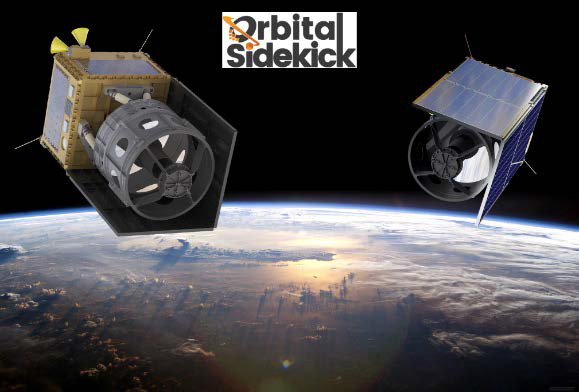
One additional imaging technology that is just now coming of age is high-resolution hyperspectral scanning. Hyperspectral scanners collect hundreds of reflected light signals, each centered around a different wavelength, ranging anywhere from the visible (RGB) to the near infrared (NIR) and, in many cases, also shortwave infrared (SWIR). These multiple bands offer orders-of-magnitude greater insights on the surface characteristics of the world under observation than what other modes of sensing, including common RGB imaging, can provide.
Satellite-based hyperspectral imaging (HSI) is not a new concept. It has been in practice since at least the early 1980s, but was initially limited to government and military applications. Historically, satellite-based HSI has been exceptionally expensive to deploy, highly data intensive, and exceedingly cumbersome to work with.
Rather than capturing individual frames, as is the case with common cameras, HSI data is continually generated, line-by-line, in a process known as “push broom sensing.” Many pixels of data are collected in every line, with each pixel representing a position on the earth’s surface. For all of the pixels along a flight path, a reflectance value for each spectral band is recorded in a data stack.
For the consumer, the caliber of insight available through HSI data collection and analysis can be considerably greater than traditional photography or any single-band imagery. However, few organizations have developed capabilities to overcome the cumbersome, data intensive expense and challenge historically associated with HSI.
While the traditional space industry tends to focus on deployment of particular technologies, commercial markets demand solutions more than they seek any given technology for its own sake. Thus, broad market success for HSI acquisition requires a more intentional focus on the needs of the end-user, including a rigorous correlation of space-borne capabilities with turn-key solutions for practical problem solving.
Bringing hyperspectral imaging and analysis to the marketplace demands an integration of targeted data collection with tailored analysis functions, all under a single product offering.
One company that is pursuing such an approach is San Francisco-based Orbital Sidekick (OSK), founded in 2016. OSK is now in the process of deploying its own constellation of space-based hyperspectral imagery, intending to vastly expand what is possible with this technology.
OSK is deploying HSI for defense and intelligence applications, oil and gas infrastructure, fire threat monitoring, environmental protection, new energy exploration, locating energy storage materials, and agriculture.
With an initial target market in the energy sector, OSK has developed analytical tools that enable rapid processing of their large hyperspectral data cubes to isolate indicators of small oil and gas leaks, erosion and landslides, vehicle intrusions, vegetative distress, and other features of particular concern to operators. Much of this analysis will even take place on the spacecraft, enabling direct notification to operators of hydrocarbon release events in near real-time.
Finally, OSK has developed a tailored reporting tool, called SIGMA™, that pushes objective notifications of asset threats to designated client personnel. This tool is an integral part of the OSK solution to facilitate timely decision making by the company’s customers.
Fortinet Names Their Service Provider / Partner Of The Year — Hughes
Hughes Network Systems, LLC (HUGHES) has been named Fortinet‘s Service Provider Partner of the Year for the HughesON™ Managed Network Services, particularly its managed SD-WAN solution.
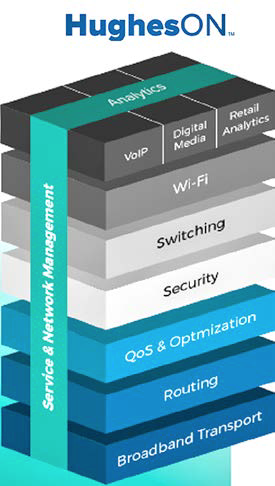
Announced during Fortinet’s Accelerate 2021 global conference, the award recognizes Hughes for strong growth in the past year and consistent delivery of reliable, optimized and secure networks that combine exceptional service from Hughes with market-leading technologies from Fortinet.
Hughes works with enterprise customers to tailor scalable and secure managed SD-WAN solutions based on its robust HughesON portfolio of offerings, which includes Fortinet’s comprehensive security,
SD-WAN, and SD-Branch technologies. Across its customer deployments, Hughes has integrated more than 63,000 Fortinet devices with multiple broadband transports, routing and WAN optimization technologies into high-performing, secure networks.
Each HughesON managed network combines best-of-breed technology with market- leading service excellence, such as the “single pane of glass” HughesON Portal for network management and the first-of-its- kind AIOps capability for self-healing at the network edge.
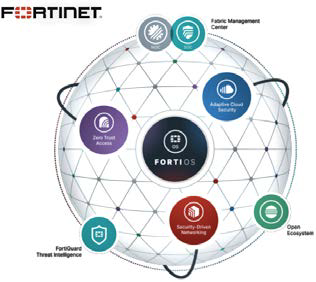
The accolade from Fortinet follows recent recognition of Hughes from industry research firms Gartner and Frost & Sullivan for superior managed networking capabilities and service delivery.
"For 15 years, we've worked with Fortinet to bring the benefits of market-leading security solutions and secure SD-WAN service to enterprise customers," said Dan Rasmussen, senior vice president, enterprise division at Hughes. "Together, we share a commitment to excellence in service delivery and customer satisfaction. We are honored by Fortinet's recognition, as it's a testament to our successful collaboration, and to the outstanding results we've delivered for our customers."
Swedish Space Corporation Adds Four Antennas @ Their Polar Ground Stations
Swedish Space Corporation (SSC) has strengthened the firm’s polar capability with four new antennas at their polar ground stations; two in Canada and two in Sweden.
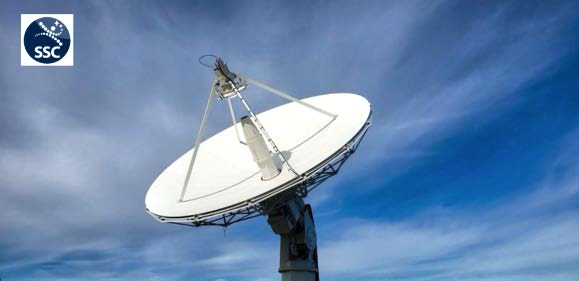
SSC’s Inuvik 7.3 meter. Photo is courtesy of Bob Malkemes.
First out is a new 7.3 meter tri-band antenna at the Inuvik Satellite Station Facility (ISSF) in Canada. Together, these four antennas will extend the SSC’s capacity and capability by adding further connectivity for polar orbiting satellites.
The announcement marks yet another step in SSC’s major extension toward a fully global, Ka-band connectivity by the end of 2021.
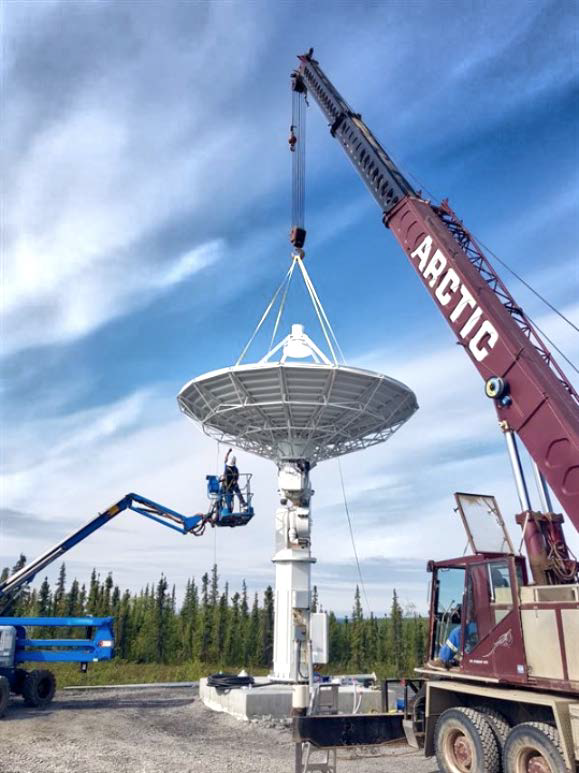
The installation at Inuvik of the 7.3 meter antenna.
Photo is courtesy of Bob Malkemes.
The new 7.3 meter antenna, owned and operated by SSC, features tri-band capability accommodating S-, X- and Ka-band frequencies. Together with the two existing SSC antennas at the ISSF site, the new establishment will add to the company’s unmatched polar connectivity for satellite operations.
As part of the overall polar sites extension, three additional antennas will also be introduced later this year; one at the Inuvik Satellite Station in Canada and two at Esrange Space Center in Sweden.
The polar expansion is central in meeting the growing demand from satellite owners who choose to operate their polar orbiting satellites through the dual use of northerly located ground stations. The new establishment is also an important part of SSC’s comprehensive frequency upgrade. By the end of 2021, the company will have installed Ka-band capability across its global network, making SSC the first company to offer a truly global commercial and multi-mission Ka-band capacity network; presently across strategic locations in Chile, Thailand, Canada and Sweden.
“This investment is an important part of our global ground station network expansion, aiming at meeting the urgent and growing demand for high downlink capacity for high resolution earth observation data. We see a bright future at the ISSF and already have several customers waiting to begin their operations from the new establishment. The market demand is our main driver and we are gearing up accordingly,” said Patrik Melvås, Head of Business Development at SaMS, SSC.
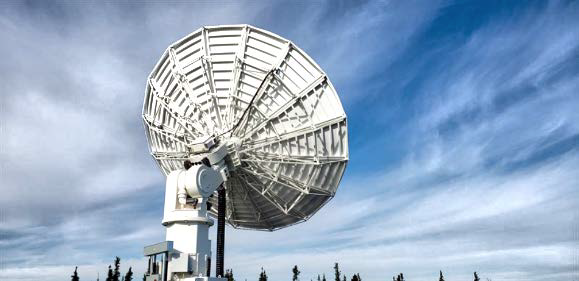
Another view of SSC’s Inuvik 7.3 meter.
Photo is courtesy of Bob Malkemes.
“The Canada Centre for Mapping and Earth Observation is pleased to support SSC’s expansion at ISSF. SSC’s upgraded capabilities will meet a growing market demand for increased connectivity to polar orbiting satellites, confirming that Inuvik truly is a global destination for polar spacecraft operations. In addition, over the years, our partnership has contributed significantly to economic development in Canada’s western Arctic. SSC’s commitment to the ISSF has created new possibilities, new jobs, and new business opportunities in the region,” said Éric Loubier, Director General, Canada Centre for Mapping and Earth Observation.
“Polar connectivity is particularly challenging due to the busy satellite traffic, which is why many of our customers choose to support their satellites through the dual use of our ground stations in Sweden and Canada; what we call the ‘Kinuvik’ concept. This complementary coverage ensures increased resilience and longer satellite passes. The appetite for Kinuvik is very high and we will continue to invest to meet this growing market demand. Furthermore, the addition of Ka-band frequency to our global network will allow our customers to operate much higher data volumes,” said Dan White, EVP Americas Region at SSC.



